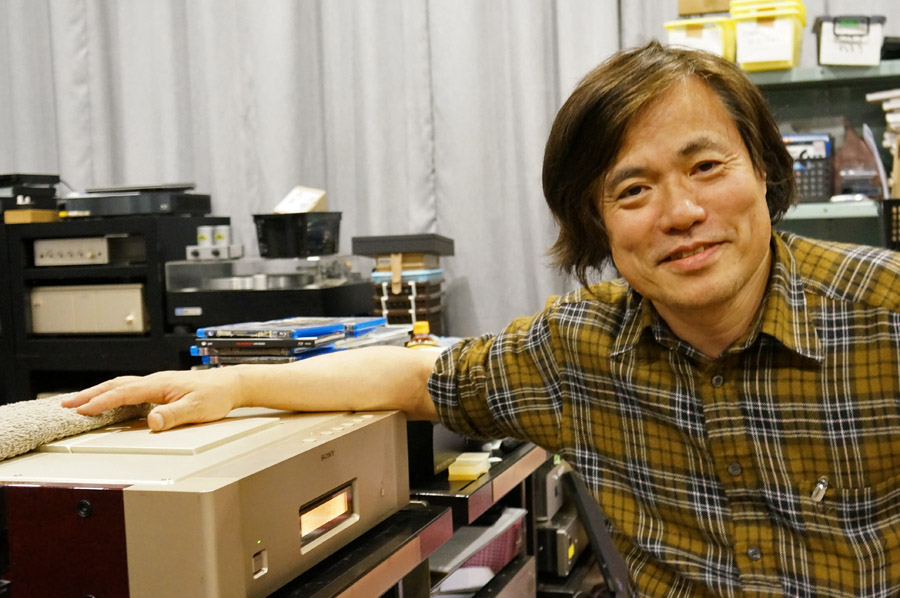Saidera
Senior Member
Briefly as an introduction, Sony's S-Master Amplifier (along with variants named MX or HX) continues to be a key differentiator for the brand's core audio products. Its evolution over the years makes for interesting reading. Its technical specifications, associated circuit designs, and internal chip workings have changed so much, and the S-Master name has been put onto Sony products from IC Recorders to VAIO laptop docking stations. This thread will attempt to delve into its origins as well as its current status. Information on S-Master is limited to marketing materials and information gained from hearsay, mainly due to the non-existence of datasheets. But we will do our best here to be accurate.
Several years ago a headphone was released called MDR-1ADAC, which integrated the S-Master chip into the headphone itself. This design concept was quickly shelved and the attention shifted to the WH-1000XM line of popular wireless headphones which use a QN1 chip. This QN1 chip can be characterised as an all-in-one S-Master combined with noise cancelling functionality.
The MDR-1ADAC used an XMOS chip as seen here.

One question is why S-Master has remained in use by Sony, despite the large number of options available from other chip manufacturers.
Another purpose of this thread is to raise the concept of an S-Master USB dongle. Clearly, there are numerous challenges given that a dongle is much smaller than a headphone. Yet the size of an IC Recorder posed no impediment to the implementation of an S-Master HX.
Several years ago a headphone was released called MDR-1ADAC, which integrated the S-Master chip into the headphone itself. This design concept was quickly shelved and the attention shifted to the WH-1000XM line of popular wireless headphones which use a QN1 chip. This QN1 chip can be characterised as an all-in-one S-Master combined with noise cancelling functionality.
The MDR-1ADAC used an XMOS chip as seen here.
One question is why S-Master has remained in use by Sony, despite the large number of options available from other chip manufacturers.
Another purpose of this thread is to raise the concept of an S-Master USB dongle. Clearly, there are numerous challenges given that a dongle is much smaller than a headphone. Yet the size of an IC Recorder posed no impediment to the implementation of an S-Master HX.

